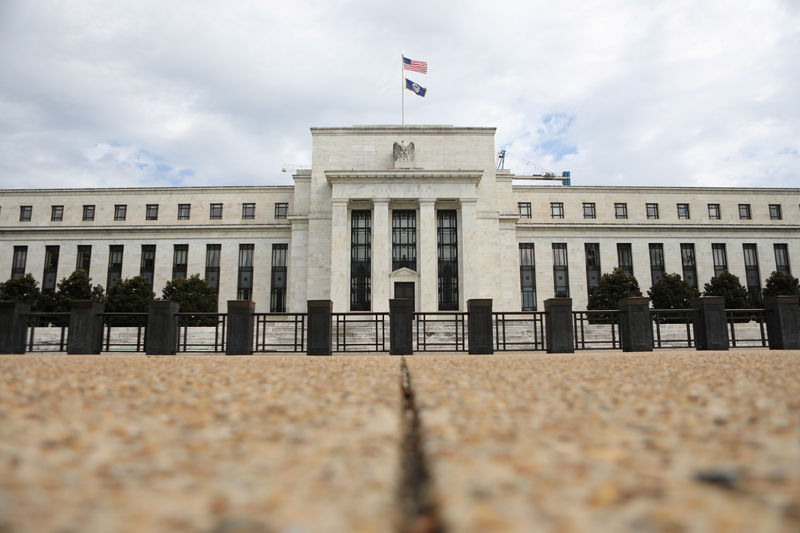US stock futures steady with China trade talks, Q3 earnings in focus
Investing.com -- The Fed is likely to downshift to smaller cuts at its remaining two policy meetings for the year, but a big dent in the labor market could force the central bank to follow up its 50 basis point cut with another jumbo-sized cut to protect the economy.
"Despite the faster than expected first cut, the tone of the meeting, subsequent communications and recent economic data in the US leaves us to expect two 25bp cuts into year-end," analysts at Morgan Stanley said in a Wednesday note.
But a larger rate cut can't be completely ruled out, the analysts said, flagging the risk of weaker jobs data forcing the Fed to turn more dovish on policy.
Sub-100,000 job gains for monthly payrolls would pose a risk to the call for two 25bp cuts at the Fed's upcoming meetings. The analysts added this ahead of the September payrolls number due Friday.
Economists expect the economy created 144,000 jobs in September, up from 142,000 in the prior month, while the unemployment rate is expected to remain unchanged at 4.2%.
The Fed delivered a 50 basis point cut in September, surprising many who had expected the central bank to kick off its easing cycle with a smaller 25 basis point cut.
Following the meeting, Fed members continue to suggest that the labor market holds sway to future decisions on whether to go big again on rate cuts.
While the labor market has shown signs of cooling, robust consumer spending has provided some comfort for Fed members that the economy can avoid recession and achieve a so-called soft landing.
Consumer spending in August rose in line with expectations, with spending on services running stronger than goods. Recent data showed consumer spending tracking at 3.1% in the third quarter.
"We continue to expect a broad deceleration into year-end, but without recession," Morgan Stanley added.
The bank expects real GDP to grow 2.2% in the fourth quarter compared with the same period a year ago.
Inflation, meanwhile, continues to moderate, with the Fed's preferred inflation measure, the core personal consumption expenditures price index, running slightly below expectations.
The August core PCE inflation print is at 2.6% for 2024, consistent with the Fed's median forecast from the projections released with the September Federal Open Market Committee meeting.
